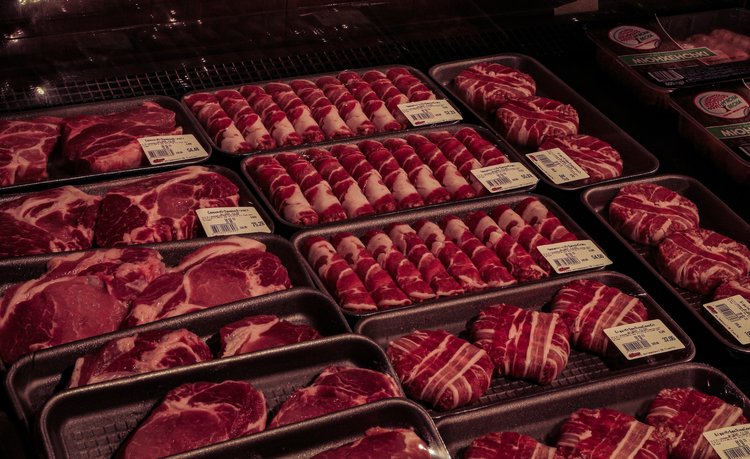When it comes to preserving the freshness, taste, and overall quality of meat, proper packaging plays a crucial role. Whether you're a home cook or a professional chef, knowing how to package meat correctly can extend its shelf life and maintain its flavor and texture. In this blog post, we will guide you through essential steps and tips for packaging meat like a pro.
1. Start with Quality Packaging Materials:
To maintain the freshness of your meat, invest in high-quality packaging materials. Opt for vacuum-sealed bags, airtight containers, or heavy-duty freezer bags designed specifically for storing meat. These materials prevent air and moisture from entering the package, reducing the risk of bacterial growth and freezer burn.
2. Trim and Prepare the Meat:
Before packaging, trim any excess fat or connective tissue from the meat. Not only does this improve the quality and taste of the meat, but it also prevents the buildup of rancidity. Additionally, ensure that the meat is properly cooled and rested after cooking or purchasing before proceeding to package it.
3. Portion and Separate:
Consider portioning the meat into individual servings or appropriate sizes for your needs. This allows you to defrost only what you require, minimizing waste and preserving the remaining meat. Separate different cuts or types of meat to avoid cross-contamination and to make it easier to organize in your freezer or refrigerator.
4. Use Proper Wrapping Techniques:
For meat that will be stored in the refrigerator for a short period, using plastic wrap or butcher paper is suitable. Ensure that the wrap is tight and secure to prevent exposure to air, which can lead to spoilage. When it comes to long-term storage in the freezer, opt for vacuum-sealed bags or freezer-grade plastic bags, removing as much air as possible to maintain quality.
5. Labeling and Dating:
To avoid confusion and ensure you consume meat within its optimal timeframe, labeling is crucial. Use waterproof markers or freezer labels to indicate the type of meat, the cut, and the date of packaging. This practice allows you to prioritize older packages and maintain a rotation system to avoid meat going past its prime.
6. Proper Storage:
Whether you store your packaged meat in the refrigerator or freezer, it's essential to follow the recommended temperature guidelines. Refrigerated meat should be kept at or below 40°F (4°C), while frozen meat should be stored at 0°F (-18°C) or lower. Arrange the packages in a way that allows for proper air circulation and easy access.
7. Thawing Techniques:
When the time comes to use your frozen meat, it's crucial to thaw it safely. The best method is to transfer the package from the freezer to the refrigerator and allow it to thaw slowly over time. For quicker thawing, you can use the defrost setting on your microwave or submerge the sealed package in cold water, changing the water every 30 minutes until thawed.
Proper packaging of meat is an essential skill for any cook or chef aiming to maintain the highest standards of quality, taste, and food safety. By following these guidelines, you can ensure that your meat stays fresh, flavorful, and free from spoilage, ultimately enhancing your culinary experiences and reducing food waste. Remember, mastering the art of packaging meat not only preserves its goodness but also contributes to your overall cooking success.
Mastering the Art of Properly Packaging Meat: Ensuring Freshness and Flavor








